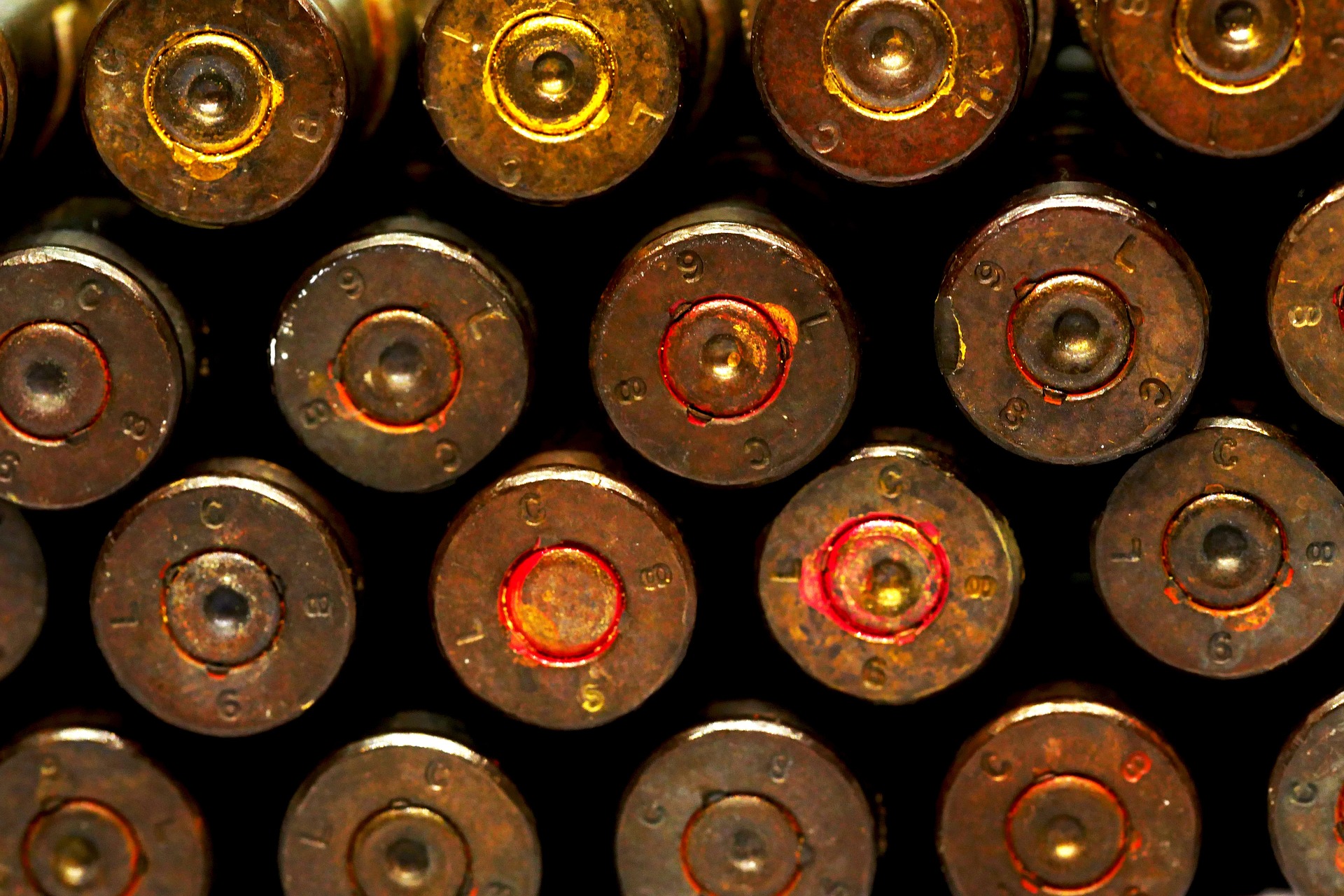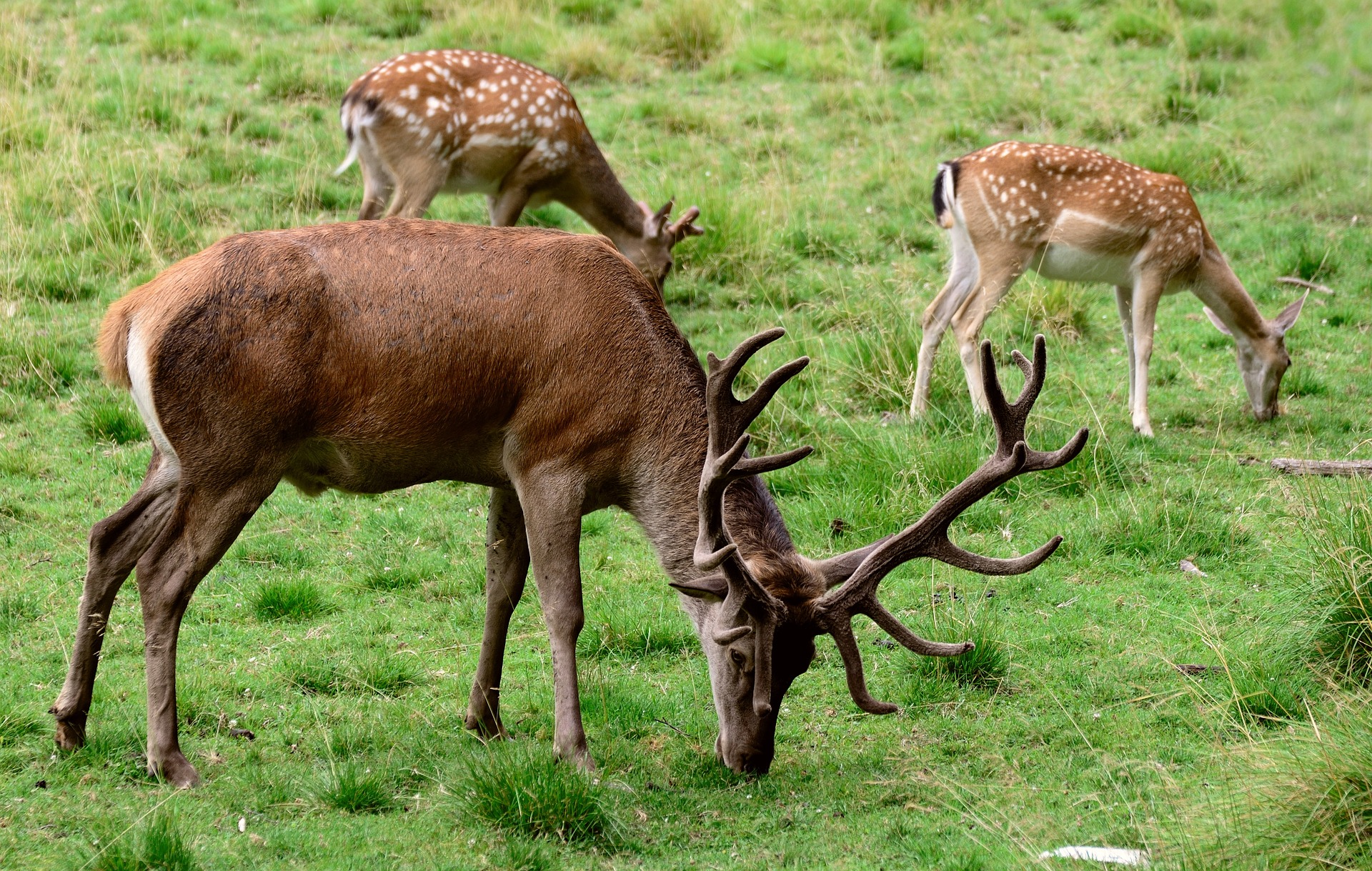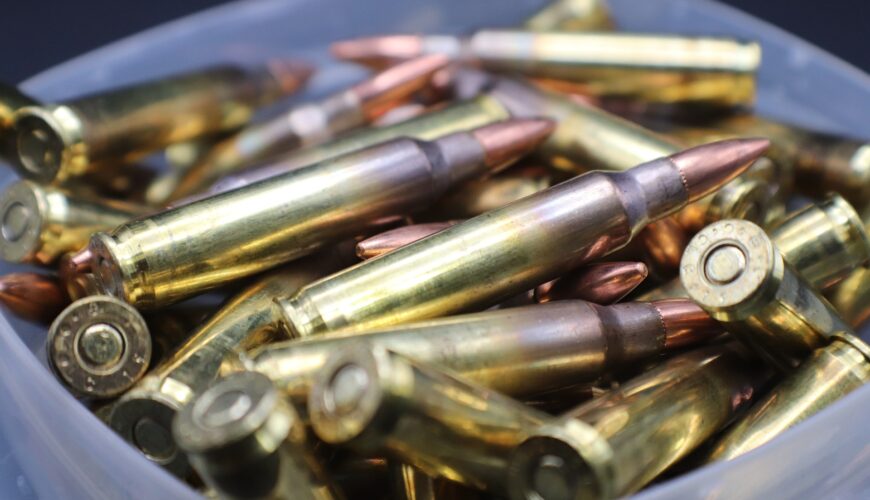Gear
Southeastern Predator Defense: The Springfield Hellcat Pro OSP
December 5, 2025 •Brent Spicer
September 15, 2023
It’s important to choose the right kind of ammunition when it comes to hunting. Two of the most popular choices for big game hunting are the 30-30 and 45-70 caliber cartridges — each has distinct characteristics that are essential to understand for a successful hunt. Here, we’ll compare 30-30 and 45-70 caliber ammo, exploring how and why to choose between them when hunting.

The 30-30 caliber ammunition is a classic renowned for its reliability and versatility. The name “30-30” refers to the cartridge’s caliber: The first number indicates the bullet diameter in inches and the second number represents the grains of powder used in its original load.
This cartridge typically fires a .30-caliber bullet with a weight ranging from 150 to 170 grains giving it a moderate velocity, usually between 2,200-2,400 feet per second, making it suitable for medium-range shooting.
On the other hand, the 45-70 caliber ammunition is larger, more powerful, and primarily designed for large game hunting. The name “45-70” also signifies the caliber and the powder charge used in the original cartridge design — except in this case that means it is .45 inches in diameter with 70 grains of powder. This ammunition is famous for its formidable stopping power and can take down even the largest North American game.
The 45-70 cartridge fires a 45-caliber bullet, which can range in weight from 300 to 500 grains. Its velocity is considerably slower than the 30-30, often around 1,300 to 2,200 feet per second, depending on the load.
When deciding between 30-30 and 45-70 caliber ammo for hunting, consider these factors:

The primary factor in your decision should be the size of the game you intend to hunt. If you’re pursuing smaller to medium-sized game, such as deer or wild boar, the 30-30 caliber cartridge will likely suffice. However, for larger and more formidable targets like elk, moose, or grizzly bears, the 45-70 caliber cartridge’s stopping power is a safer bet.
Consider the typical shooting distances in your hunting environment. If you expect shots at relatively short to medium ranges, the 30-30’s accuracy and flatter trajectory make it an excellent choice. If you anticipate longer shots or thick brush where a large caliber’s stopping power is essential, the 45-70 might be more suitable.
Recoil can affect your shooting accuracy and overall hunting experience. The 45-70 generates significantly more recoil than the 30-30, which may be a concern for some hunters, especially those with limited experience or smaller stature. Assess your recoil tolerance and comfort with each cartridge before deciding.
Your choice of firearm is closely tied to your cartridge selection. Lever-action rifles are commonly chambered in both 30-30 and 45-70, but single-shot rifles are more prevalent for the latter due to the cartridge’s length. Ensure you have a suitable rifle for your chosen caliber.
The decision ultimately comes down to your specific hunting needs and preferences. By carefully considering these factors, you can select the cartridge that best suits your hunting style and ensures a successful and humane harvest. Remember that choosing the right ammunition is just one part of the equation; proper shot placement, ethical hunting practices, and firearm safety are equally crucial for a rewarding hunting experience.
